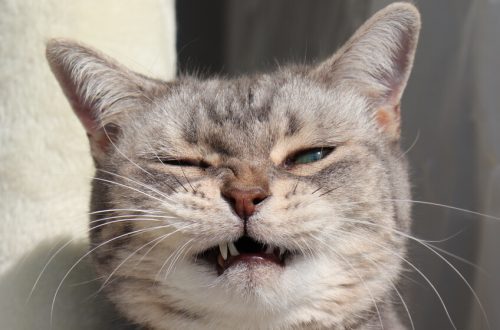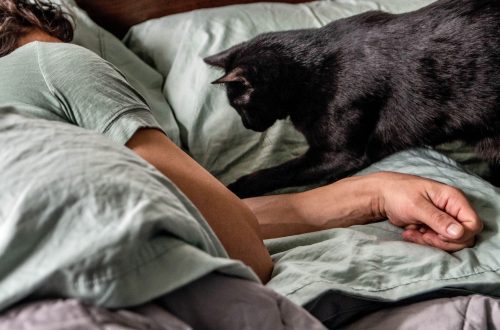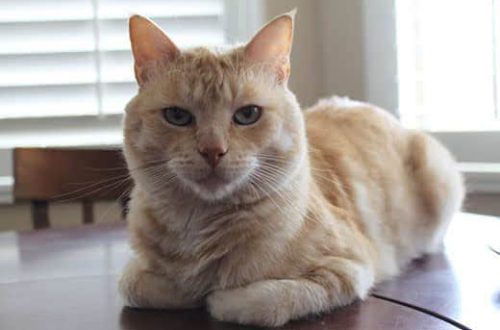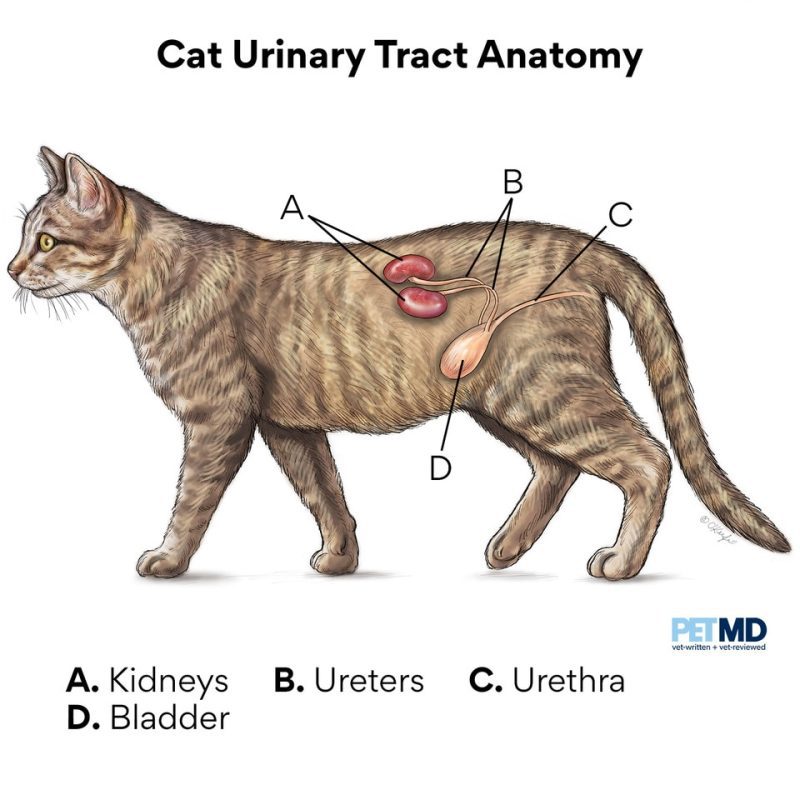
What you need to know about Feline Lower Urinary Tract Disease (FLUTD¹)
Feelings of fear and anxiety can affect cats in the same way that these feelings affect us. Stress can arise in your cat for several reasons. Perhaps you have recently moved or have a new pet or family member at home. Be that as it may, stress often causes health problems in a pet. One of the first symptoms of stress-induced urinary tract disease is a cat’s refusal to “go” to the litter box. However, she may begin to urinate in a new, “wrong” place or on walls, or she may have difficulty, most often caused by soreness, when urinating.
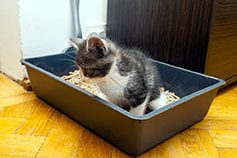
Unfortunately, a urinary problem is one of the most common reasons cats are left in shelters or even euthanized or dumped outside. If a cat starts urinating outside of her litter box, she is not doing it out of revenge or anger. There is probably something wrong with her. It may be a behavioral problem, for example, she may not like her litter box for some reason, but health problems should be ruled out first. Feline lower urinary tract disease (FLUTD) or feline urological syndrome is one of the most common causes of urinary incontinence.
Contents
What is FLUTD?
Feline Urological Syndrome, or FLUTD, is a term used to describe a group of disorders or diseases that affect a cat’s lower urinary tract (bladder or urethra). FLUTD is diagnosed after conditions such as urinary tract infections (UTIs) or kidney stones (nephrolithiasis) have been ruled out. FLUTD can be caused by crystals or stones in the bladder (uroliths), bladder infection, urethral obstruction, inflammation of the bladder (also known as feline interstitial or idiopathic cystitis (FIC)) and other urinary tract pathologies. FLUTD is one of the most common reasons cats go to the veterinarian.
Symptoms that indicate the presence of urological syndrome in a cat:
- Difficulty urinating: FIC can lead to straining while urinating and eventually to more serious problems such as bladder stones or blockage of the urethra. Cats are more at risk of urethral blockage than cats. Blockage of the urethra is a life-threatening condition in which the animal develops acute urinary retention;
- Frequent urination: cats with FLUTD urinate much more frequently due to inflammation of the bladder wall, however, the amount of urine on each “try” may be very small;
- Painful urination: if your cat or cat screams or moans while urinating, this is a clear sign that she is in pain;
- blood in the urine;
- The cat frequently licks its genitals or belly: in this way she tries to relieve pain in diseases of the urinary tract;
- Irritability;
- Urination outside the tray: the cat urinates outside the litter box, especially on cool surfaces such as tiles or a bathtub.
What to do if you suspect your cat has FLUTD?
If your cat is having trouble urinating or showing other signs of urological syndrome, take it to the veterinarian as soon as possible for a checkup. The veterinarian will perform a complete examination of the animal and may also recommend diagnostic tests, which may include: blood tests, urinalysis, including cultures for bacteria, x-rays and abdominal ultrasound.
In most cases, FIC resolves without specific treatment, but symptoms can recur over and over again. Although, most often and with proper supervision, they are not life-threatening for the cat, FCI causes significant discomfort, so treatment will help improve the quality of life for the animal.
Treatment of FLUTD, like any other diseases, is prescribed by a veterinarian after examining the animal and making a diagnosis. The duration of treatment and the choice of drugs depends on the cause of the disease, but in any case, it is recommended to increase your cat’s water intake in FLUTD. Control her weight, feed her canned, wet rations whenever possible, and encourage her to use the litter box: this can also help. However, many conditions cannot be treated at home. Bacterial cystitis should be treated with antibiotics, and uroliths most often need to be surgically removed.
It’s always better to play it safe. When you first notice any of the above symptoms, simply consult with your veterinarian, this will help diagnose the problem in time and save the cat from long-term discomfort. If an animal is diagnosed with feline urological syndrome, it is also important to make sure that it is not a relapse, as cats are good at hiding their pain.
Prevention of FLUTD in your cat
After visiting the veterinarian, you can make changes in your pet’s life to reduce the likelihood of a recurrence of urological syndrome. Changing the environment, “catification at home”, has been shown to reduce the risk of recurrence by 80% and can help a cat litter more often. Spend more time with your cat, give her access to windows and more toys. It is also recommended to increase the number of trays in your house, as well as the filler in them, and make sure that they are always clean – cats love cleanliness!
_______________________________________________ 1 from English. Feline lower urinary tract disease 2 According to the International Society for Feline Medicine (ISFM) https://icatcare.org/advice/feline-lower-urinary-tract-disease-flutd



